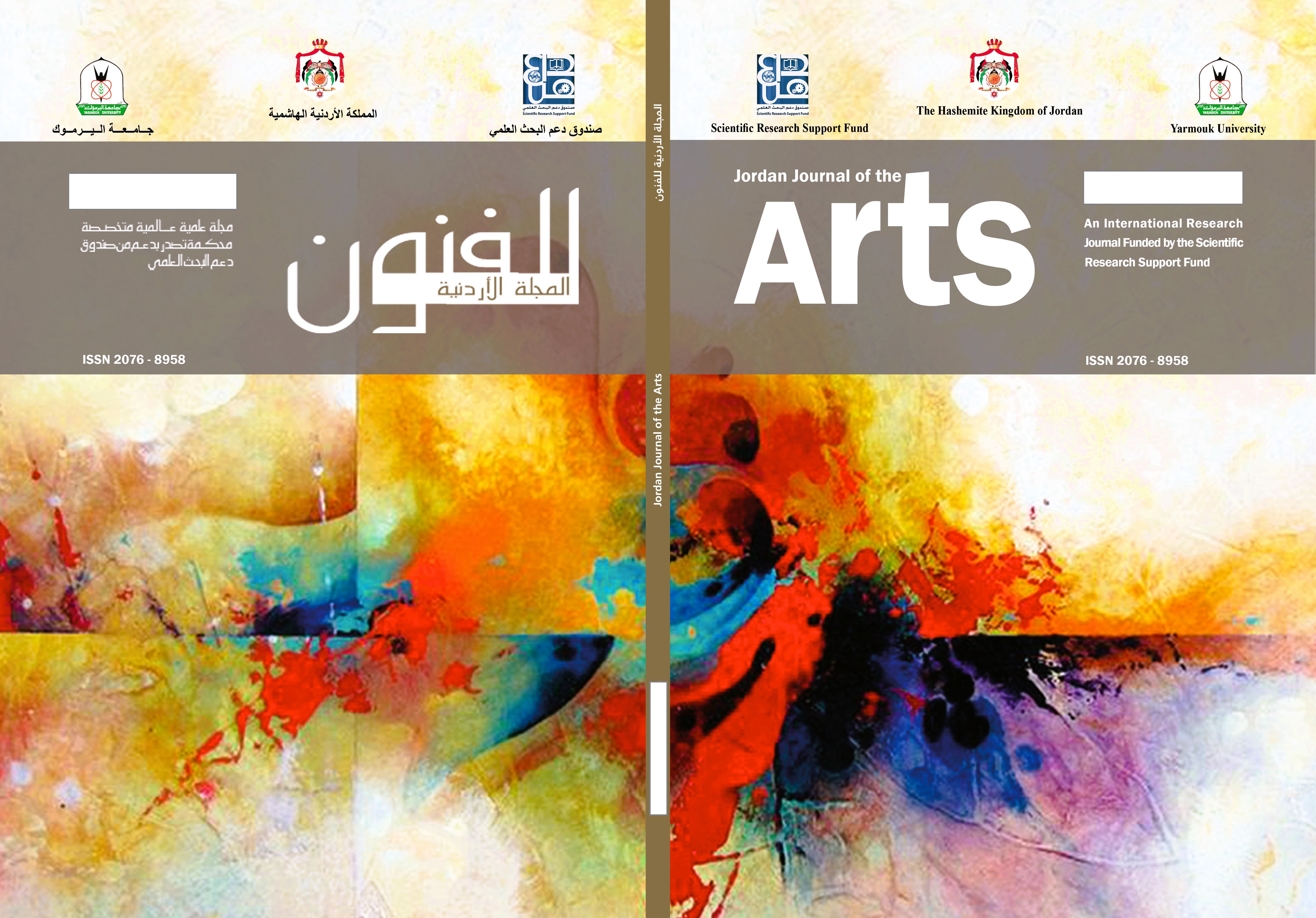Visual Pareidolia and The Power of Color in Abstract Painting
Keywords:
Pareidolia, Power of Color, Abstract PaintingAbstract
This study explores the concept of pareidolia and its relationship to schools of fine art, examining how it can offer new interpretations and meanings to art in general and abstract art in particular. The human brain tends to recognize patterns and forms based on prior cognitive and imaginative experiences. The research focuses on the role of pareidolia in abstract art, highlighting artworks that incorporate this concept, and examining the role of color in shaping the perception of meanings, symbols, and forms within the abstract painting.
The present study employs a descriptive-analytical methodology. The research population consists of a selection of international fine artworks executed in the abstract style and incorporating the phenomenon of pareidolia. The study sample includes three artworks by prominent international artists whose work demonstrates this phenomenon. To achieve the study’s objective, the analysis relied on indicators derived from the theoretical framework, which served as criteria for analyzing the selected artworks. The analysis was conducted through a general descriptive approach that included detailed information about each artwork, formal artistic analysis, and content analysis.
The findings of the study clarify the relationship between the phenomenon of pareidolia and the abstract art movement, highlighting its contemplative function and its connection to the viewer’s psychological state. The study emphasizes the importance of considering the psychological experience of the audience in relation to pareidolia. Among the key recommendations is the promotion of the role of artistic movements, particularly abstraction, in translating psychological theories and phenomena through fine art. The study also recommends expanding projects in the arts, especially fine arts, to raise awareness about the integration of art with other fields of knowledge and science. Furthermore, it calls for increased research on phenomena similar to pareidolia and their impact on fine art movements, as well as translating research studies and theories that include methods and phenomena in psychology and their effect on audience perception.


